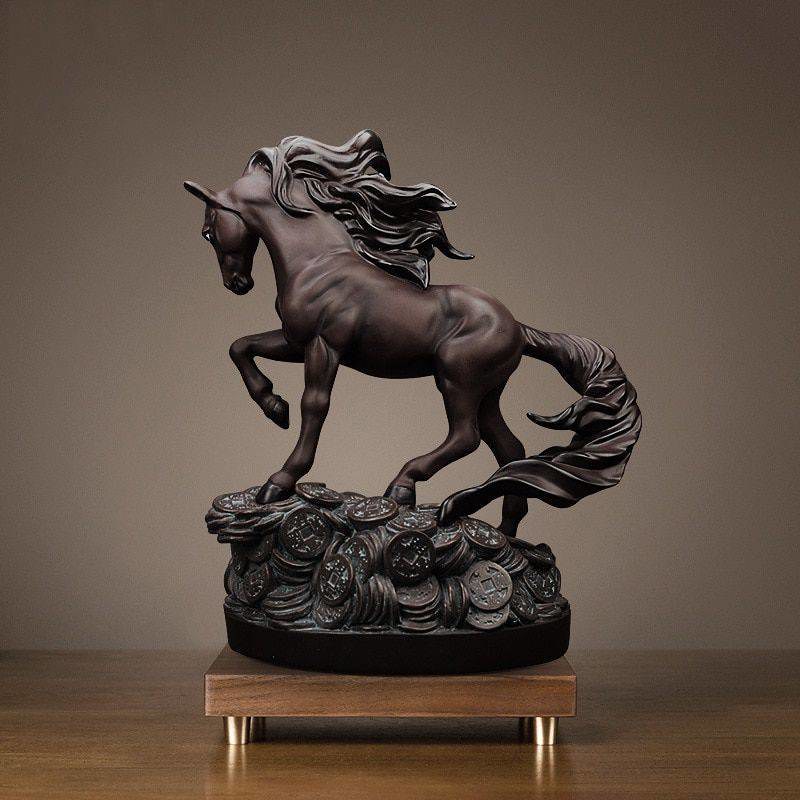Demo Trades: 0
Demo: 0
Followers: 0
Subscribed to user page: 0
Articles: 0
Forum: 0
As the temperature drops, horses burn more vitality to remain warm, subsequently their energy necessities will increase. We are able to present our horses additional vitality within the type of concentrates and forage. Forages are digested by the microbes in your horses large intestine and produce more heat than concentrates. An awesome analogy is to match concentrate and forage to your wood stove. Concentrates are your kindling and Forage are the logs. Ideally a horse would obtain free selection hay throughout the winter. How much extra forage does your horse need to stay heat? Then they can regulate if they need roughly throughout the day and evening. Some of us have simple keepers who would not do effectively on free choice hay! For these horses, we need to regulate their intake. Weigh out their hay and provide it in small hole hay nets to prolong their amount of chew time. The very first thing you have to do is learn the way much your horse weighs. Using physique length plus heart girth tends to be more accurate. I like to recommend using the following methodology versus a weight tape that only wraps around the center girth. Utilizing a tender measuring tape (the type typically present in sewing kits) measure your horses coronary heart girth and write the variety of inches down. Next, measure the body size from level of shoulder to point of hip, and write it down. Write down the HG and BL also, it will help ensure you that you're measuring at the identical location every time. Make sure you write it all right down to seek advice from all through the winter. If you're just a few inches off, most definitely you are measuring from a slightly totally different location (until you may tell by wanting that your horse has obviously gained or lost weight). Attempt to search out landmarks. Paint horses have great landmarks! Now that you understand how much your horse weighs, you'll be able to figure out how a lot hay he needs to eat. Your average horse in ultimate weight ought to eat 2% of his physique weight. Some laborious keepers require upwards of 2.5% of physique weight. If in case you have an overweight horse, you'll be able to drop all the way down to 1.5% of his body weight, but no less than that or you'll be creating an entire different set of points! 23lb of hay per day. Max weighs 1,159lb and needs to eat 2% of his body weight. When the temperature drops under forty five levels F (together with wind chill) horses begin to burn additional vitality to stay heat. This forty five degree mark is called "Essential Temperature". For each 1 degree F below the critical temperature, your horse would require a 1% increase in digestible energy (DE). As with everything horse related, there are a number of variables to this rule, corresponding to wind chill, rain/sleet, your horses coat thickness or for those who blanket. Think of digestible power like your horses calorie requirement. Since horse nutrition is 90% math, lets get back to that! If I proceed with the math we would calculate your horse's DE necessities, next calculate how a lot further DE is needed to your present temperature, next take a look at your hay to see exactly how much DE it offers per pound, lastly calculate how much extra hay will present the additional DE required for the present temperature. If it's 20 levels F the place our buddy Max horse figurines lives he would wish an additional 2 1/2-5lb of hay. This guideline is for horses at upkeep or light work. Additional hay will probably be needed if your horse is a tough keeper, in heavy work, or on poor high quality hay.

Biography
Not specified
Style de Trading
Not specified